After minor surveys and excavations by the British scholar Claudius James Rich (1811 and 1817), the British archaeologist and sometime diplomat Austen Henry Layard (1850), the French Orientalist Fulgence Fresnel, the German Assyriologist Jules Oppert (1852–54), and others, a major archaeological operation began under Koldewey for the German Oriental Society in 1899 and continued unbroken until 1917. In the course of his excavation of the structures mentioned, Koldewey also discovered cuneiform inscriptions, statues, stelae (pillars), terra-cotta reliefs, cylinder seals, pottery, glassware, and jewelry. Further brief investigations were made by the German Archaeological Institute in 1956 under Heinrich J. Lenzen at the Greek theater and in 1966 under H.J. Schmidt at the site of Etemenanki. Restoration of the Emakh temple and of part of the Ishtar Gate, the Processional Way, and the palace complex was begun in 1958 by the Iraqi Department of Antiquities, which also built a half-size model of the complete Ishtar Gate at the entrance to the site. The original gate has been on display at Berlin’s Pergamon Museum since 1930. Beginning

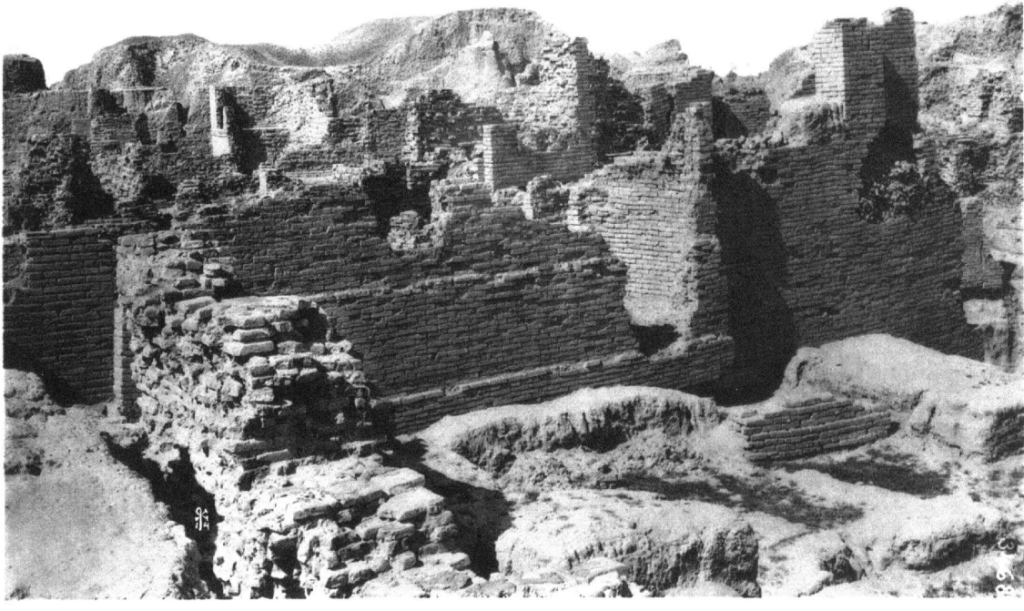


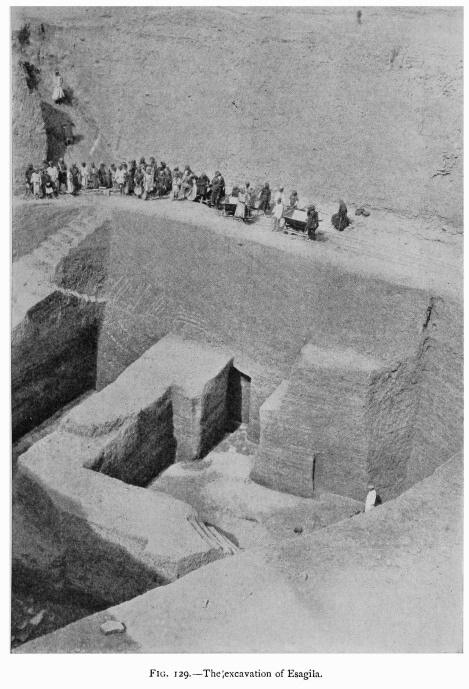
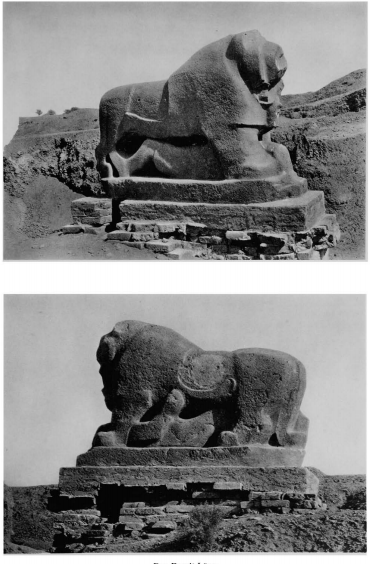

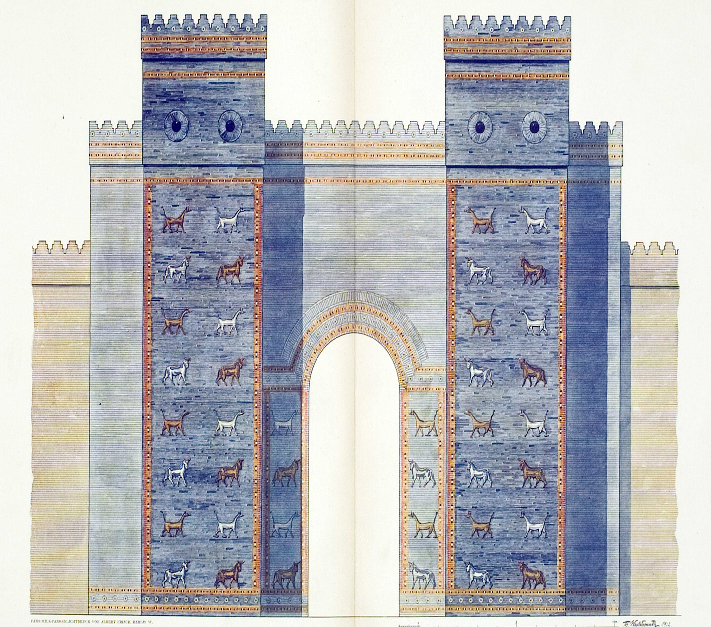
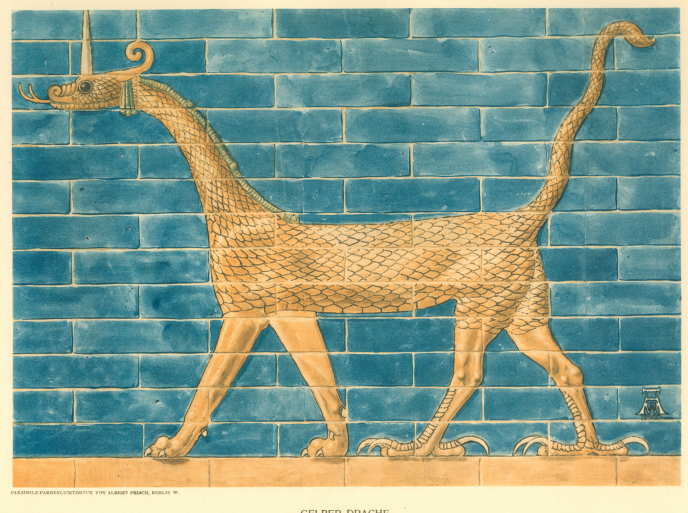
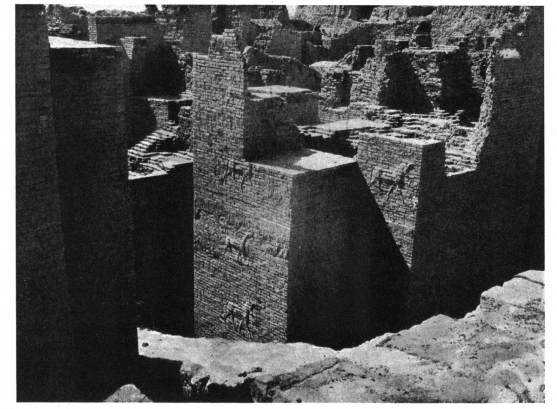
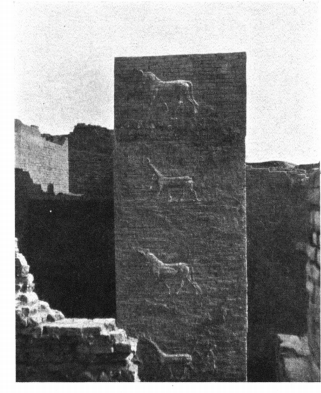
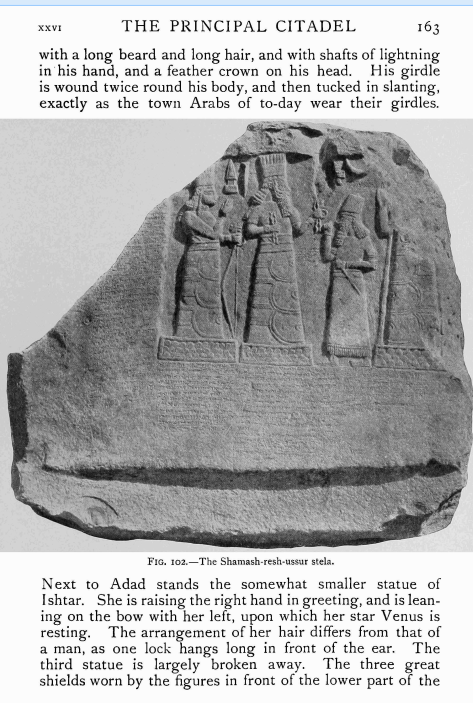
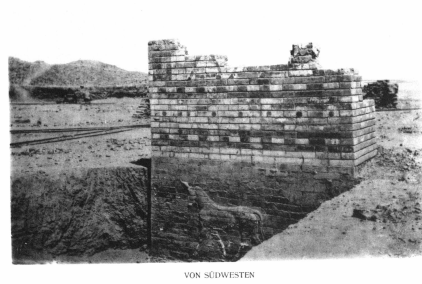
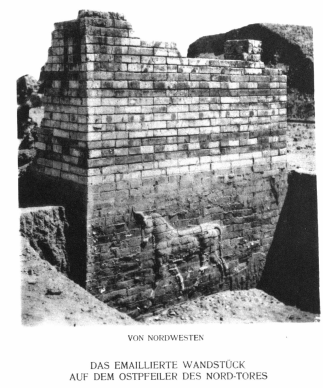
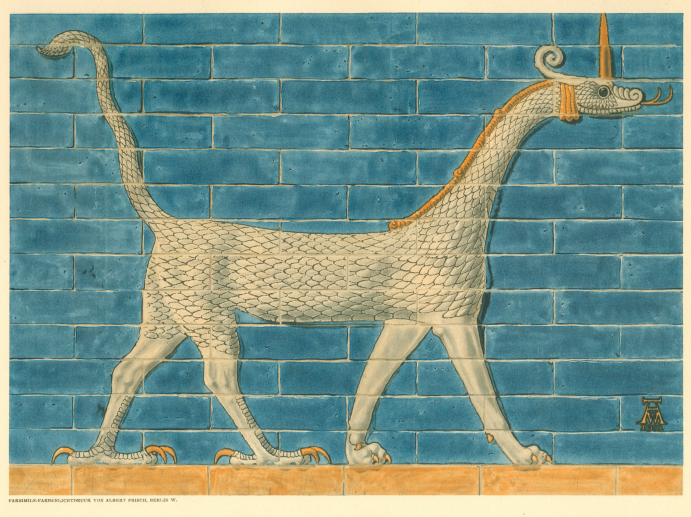
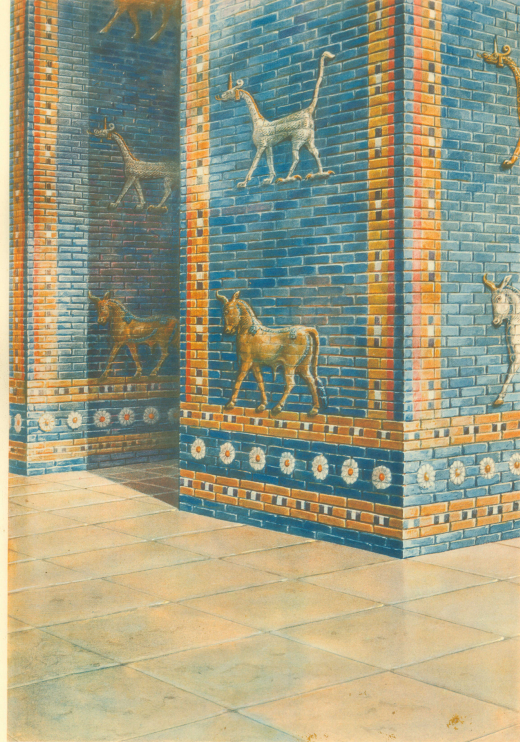
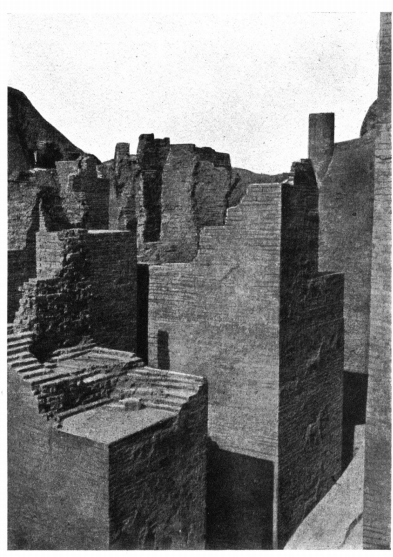
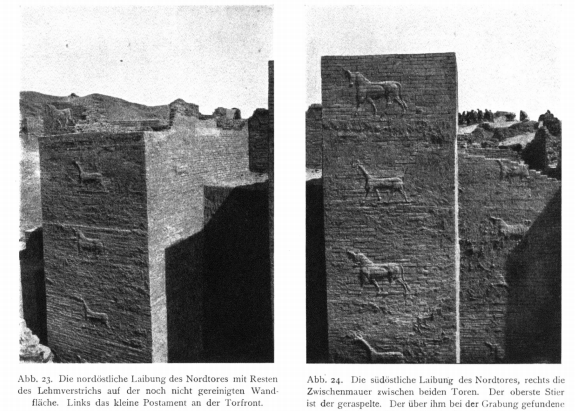

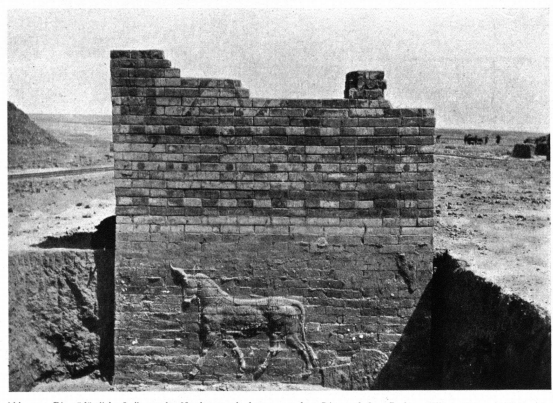
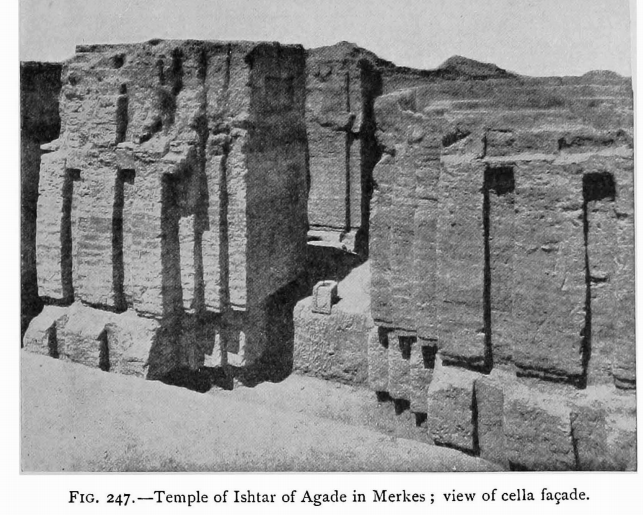

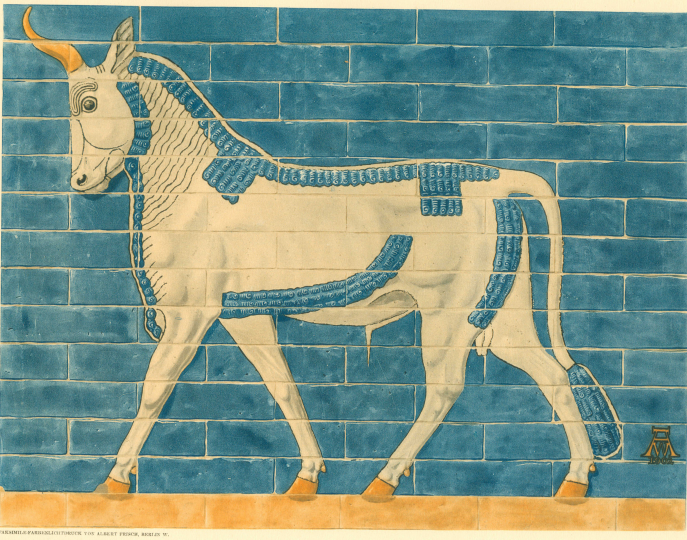
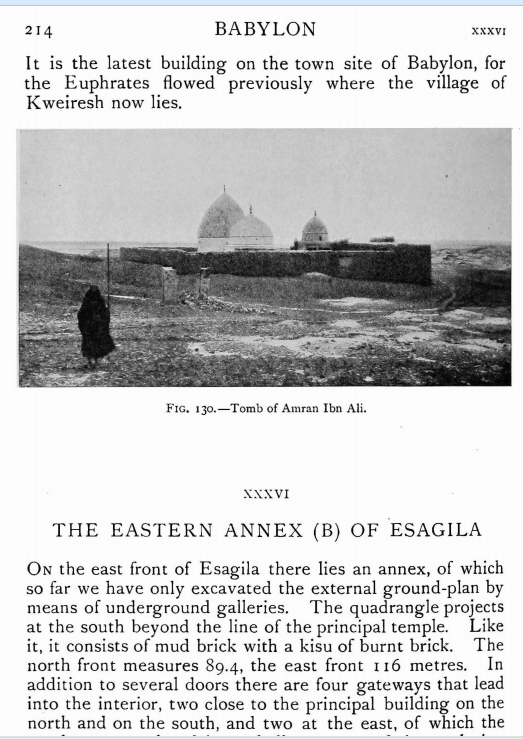
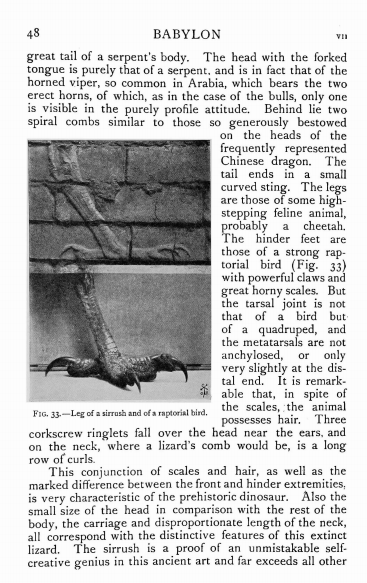
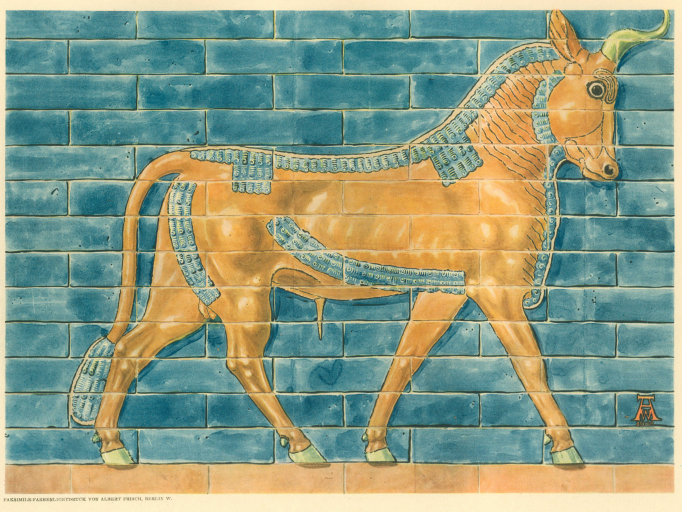
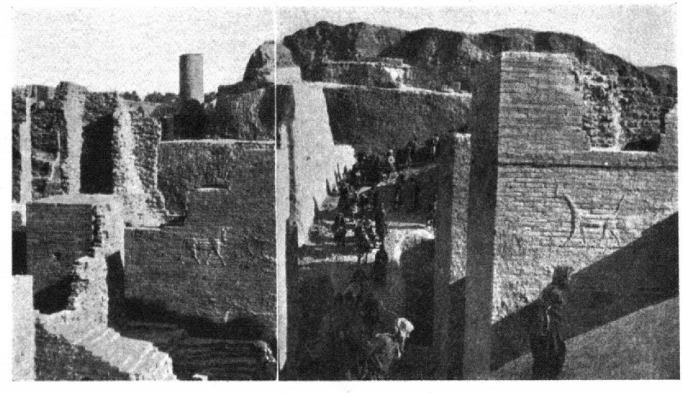
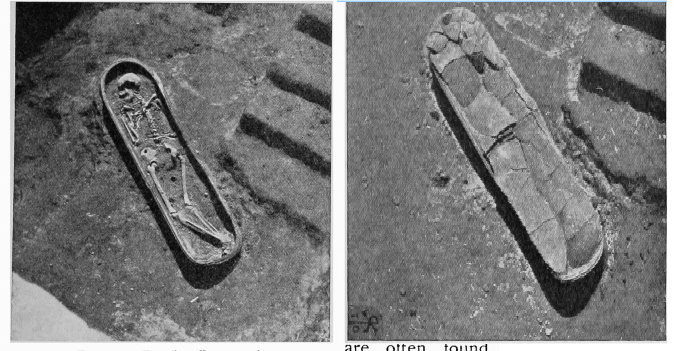
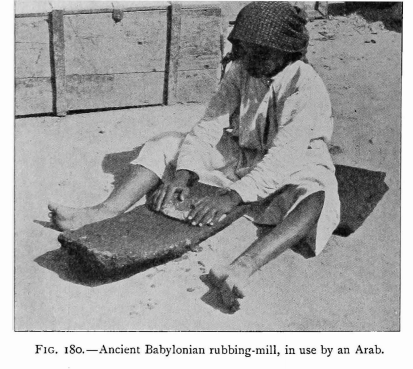
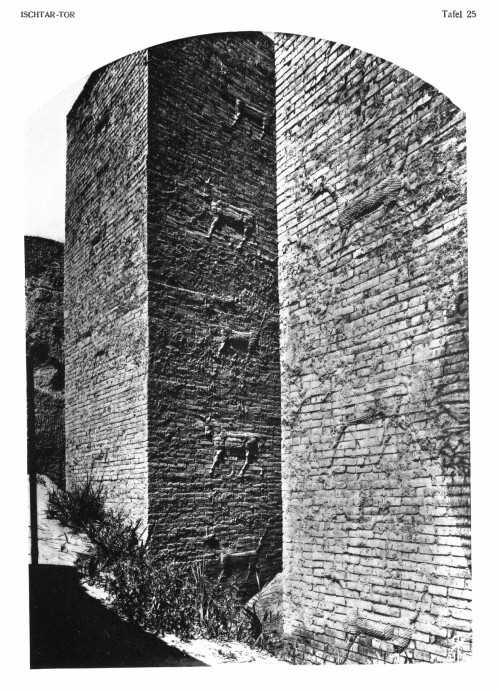




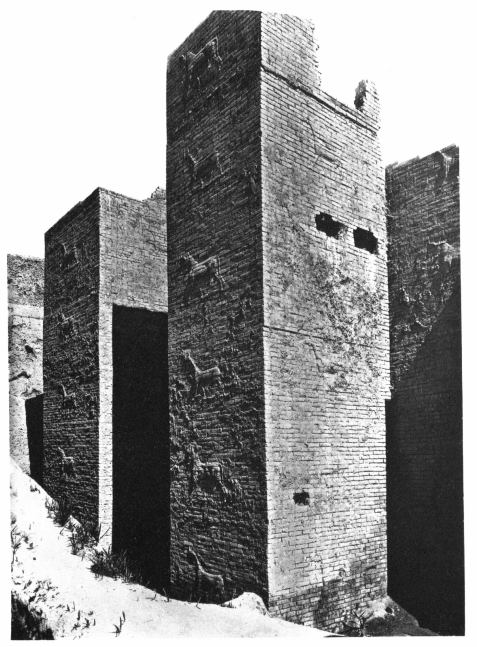

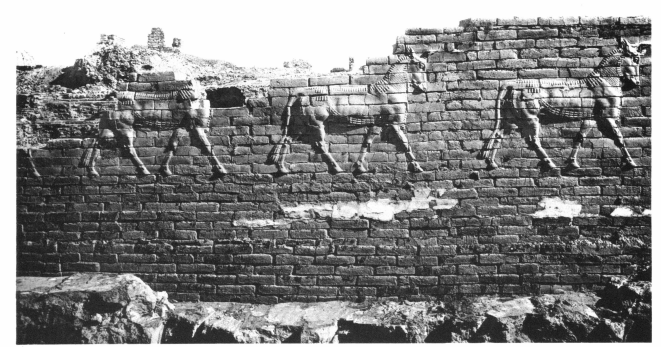
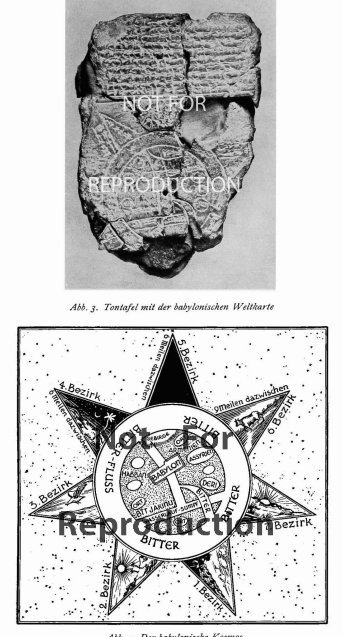

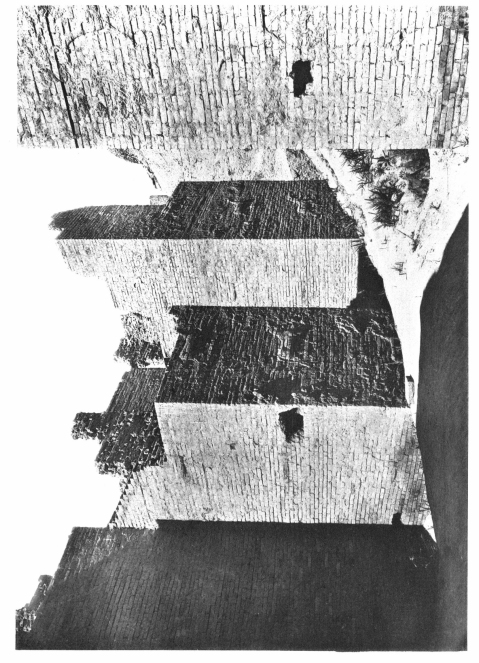
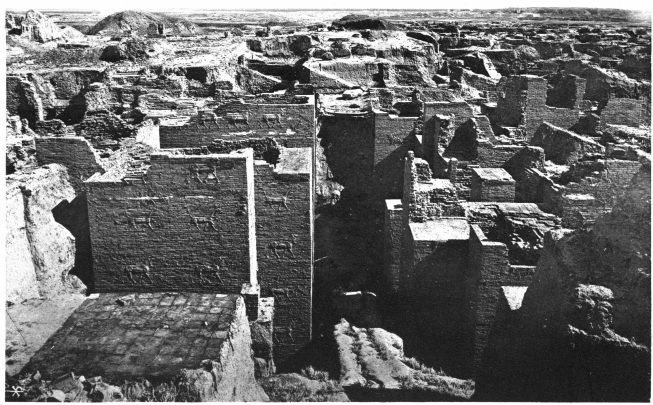


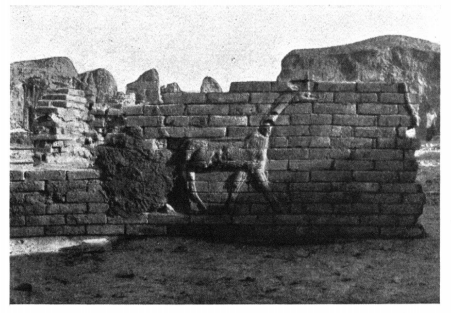
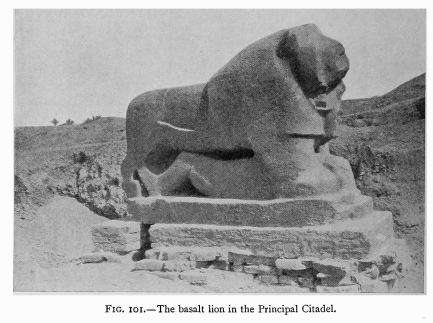
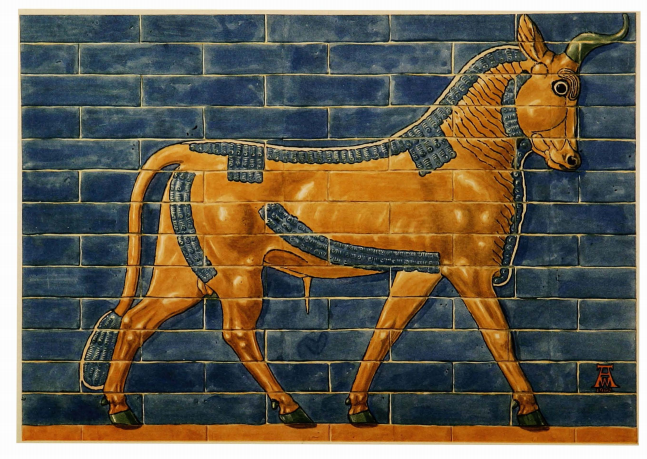
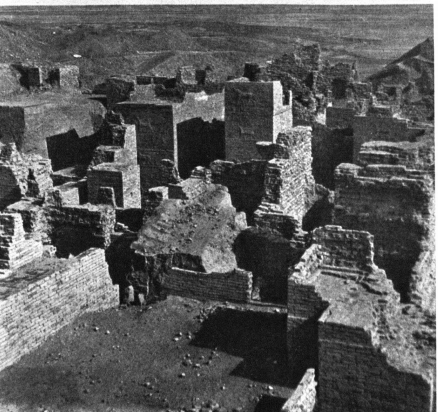
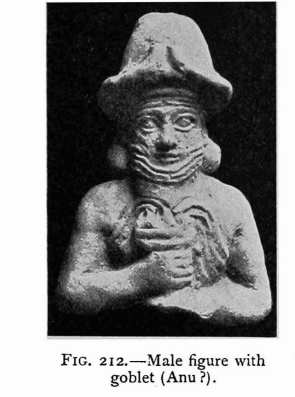

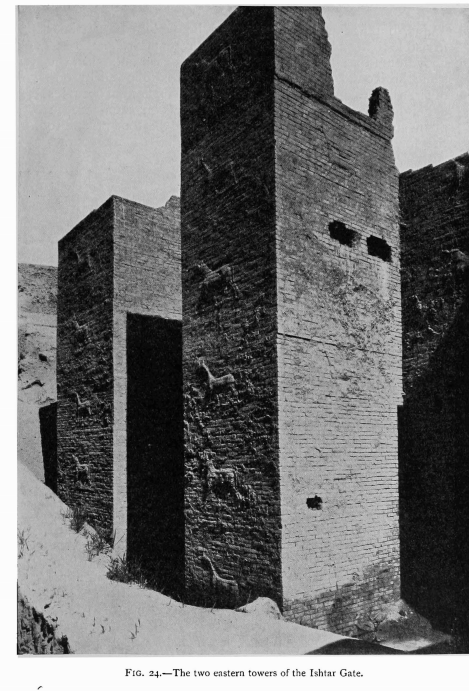
Koldewey, Robert,(1855-1925) Head of the German excavation mission in Babylon

